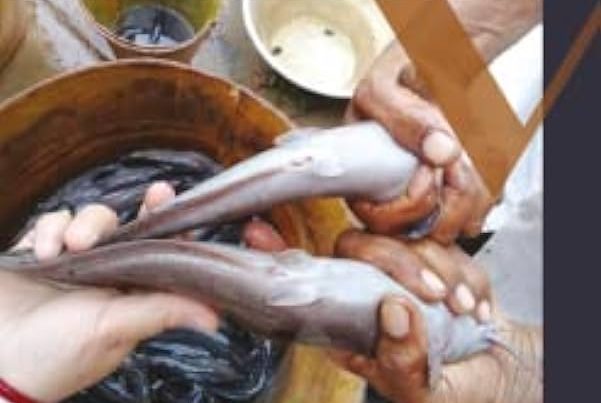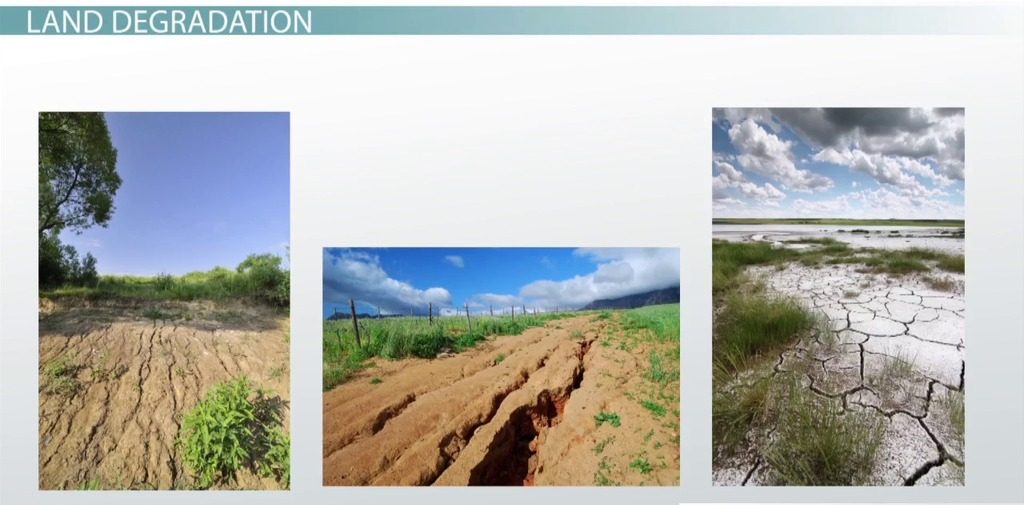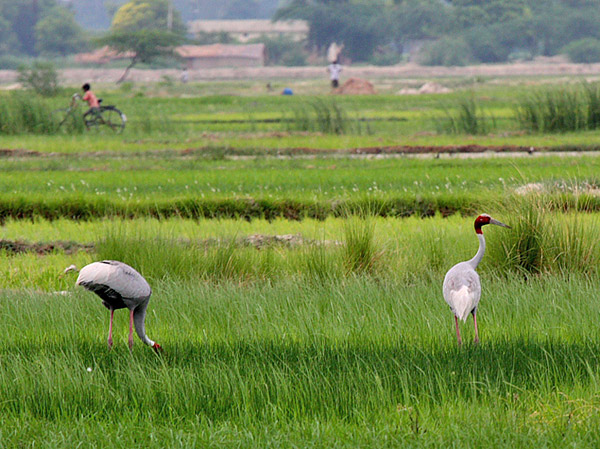As the global demand for seafood continues to rise, the strain on our oceans and marine ecosystems is becoming increasingly apparent. Overfishing, habitat destruction, and pollution are putting tremendous pressure on marine life. In this scenario, sustainable fish farming emerges as a beacon of hope—a way to meet the world’s appetite for seafood while minimizing the negative impacts on the environment. In this guide, we’ll delve into the world of sustainable fish farming, exploring its principles, benefits, and the steps you can take to support this crucial practice.
What is Sustainable Fish Farming?
Sustainable fish farming, also known as aquaculture, is the practice of raising fish in a controlled environment with minimal harm to the environment and maximum consideration for animal welfare. Unlike traditional fishing methods, which often result in bycatch and overfishing, fish farming allows for the careful cultivation of fish species in a controlled setting. This method offers several key advantages:
Reduced Pressure on Wild Fish Stocks: Sustainable fish farming reduces the need to catch wild fish, relieving the stress on already-depleted fish populations.
Conservation of Ecosystems: By preventing the destruction of sensitive marine habitats, aquaculture helps protect fragile ecosystems, such as coral reefs and coastal mangroves.
Water Conservation: Fish farming facilities can employ efficient water recycling systems, minimizing water usage and reducing the risk of water pollution.
Controlled Feeding: In aquaculture, fish are provided with balanced diets, reducing the risk of overfeeding and nutrient pollution in natural water bodies.
Minimized Bycatch: Unlike traditional fishing, where other marine species are often unintentionally caught and discarded, aquaculture eliminates bycatch.
The Environmental Benefits of Sustainable Fish Farming
Reduced Overfishing: Overfishing is a grave concern for marine ecosystems. Sustainable fish farming helps ease the pressure on overexploited species, giving them a chance to recover.
Preservation of Biodiversity: By eliminating bycatch and minimizing habitat disruption, aquaculture helps protect marine biodiversity.
Carbon Footprint Reduction: Aquaculture operations can be designed to be energy-efficient, with lower carbon emissions compared to long-distance fishing fleets.
Protection of Critical Habitats: Many fish farms are located inland or in controlled environments, reducing the destruction of vital coastal and deep-sea habitats.
Challenges and Solutions in Sustainable Fish Farming
While sustainable fish farming offers numerous benefits, it’s not without its challenges. These include disease management, water quality control, and responsible sourcing of fish feed. Here are some key solutions to address these issues:
Disease Management: Regular health monitoring and responsible antibiotic use can help prevent disease outbreaks in fish farms. Additionally, selective breeding for disease resistance is a long-term solution.
Water Quality Control: Advanced filtration systems and efficient water circulation can maintain optimal water quality for fish, preventing pollution.
Responsible Sourcing of Fish Feed: Sustainable fish farming aims to reduce the reliance on wild-caught fish for feed by promoting the use of plant-based feeds and alternative protein sources.
Certification Programs: Look for seafood products with certifications like the Aquaculture Stewardship Council (ASC) label or the Global Aquaculture Alliance’s Best Aquaculture Practices (BAP) certification, which indicate responsible farming practices.
Supporting Sustainable Fish Farming
Now that you’re armed with knowledge about sustainable fish farming, you might wonder how you can contribute to this eco-friendly practice. Here are some actionable steps you can take:
Choose Sustainable Seafood: When shopping for seafood, look for labels or certifications that indicate sustainable and responsibly farmed products. These labels ensure that the fish you consume is produced with minimal environmental impact.
Support Local Fish Farms: Buying seafood from local fish farms can reduce the carbon footprint associated with transportation and promote sustainable practices within your community.
Advocate for Sustainable Policies: Support policies and regulations that promote responsible aquaculture and protect marine ecosystems. Your voice can make a difference in shaping a more sustainable future.
Educate Yourself and Others: Spread awareness about sustainable fish farming. Share this guide and other informative resources with friends and family to help create a more informed consumer base.
Conclusion
Sustainable fish farming holds the promise of addressing the world’s growing demand for seafood while safeguarding the health of our oceans. By choosing responsibly farmed seafood, supporting local fish farms, and advocating for sustainable policies, you can play a crucial role in ensuring a future where seafood is both abundant and environmentally friendly. Let’s embrace sustainable fish farming as a path toward a healthier planet and a more secure food supply.





